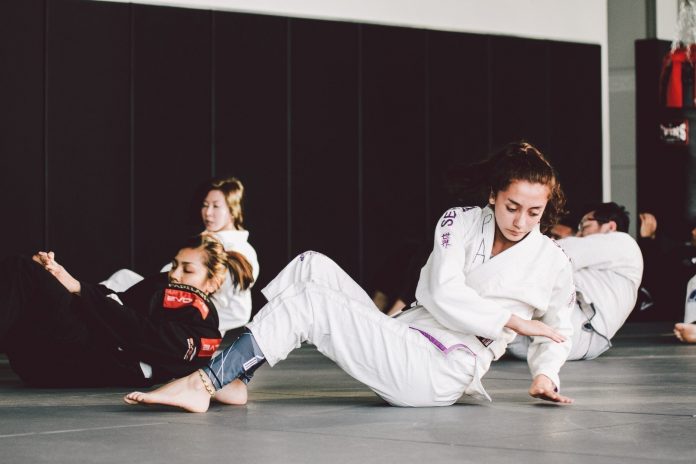
Everyone who has ever been to a BJJ class can tell you that it is fun! Well, ok, maybe not at first, but after a couple of months it hooks most people. To be honest, what’s not to like? You get to meet people, learn useful techniques and try rolling them out. Usually, it is the rolling part that people really like and enjoy. There is also one part of a standard BJJ class that people seem to despise. Warranted or not, the warm up seems to be the least liked part of the class.
Most academies adhere to a common structure during practice. After the initial line up and a greeting, class starts off with a warm up. After the warm up, it’s time for the technical part of the class. Once the technique has been demonstrated and drilled, some schools tend to go straight to rolling, while others do a few rounds of positional sparring before. Cooldowns are optional in most schools. However, warm ups are not and there is a good reason why they shouldn’t be skipped. Read on.
Why We Need To Warm Up in BJJ
When we speak about warming up most people think about breaking a sweat and maybe increase their heart rate. While this is by all means, desirable, it is not the end product. Also, warming up isn’t about raising the temperature of the body, despite the term suggesting it.
A good warm up is a preparation for physical training. Whether it is BJJ, lifting weights or even Yoga, a training session should start with a warm up. Of course, the warm up has to be structured in a way specific to the nature of the sport. But all warm ups have one thing in common – they act as prehab.
Prehab means a proactive approach to avoiding pain and injury. Warming up allows the body to get leaner and moving, so that the body is ready for physical exertion. BJJ is high on the spectrum of complex physical activity due to the nature of grappling. It is logical that BJJ warm ups have to be highly specific and thorough, given the tendency for injuries.
In BJJ people either come to class from work, home or from other training sessions. in every one of these instances, the body is in a state specific to the momentary activity levels. Although it can adapt fairly quickly, easing into more strenuous work needs adjustment. That’s exactly what a warm up offers – a way to adjust to higher energy demands.
The Issue With Warm Ups in BJJ
Warm ups routines differ greatly among schools, which is where the main problem arises. People tend to either slack through warm-ups on the account of them being too difficult or skip them entirely. It is understandable that everyone wants to get to the meat and potatoes of class, which is techniques and rolling. However, skipping a warm up can easily cause an injury leading to a premature end to a training session.
Some people tend to be continuously late for class and not all of them are justified to do so. Even though there is the minority that can’t get because of work or other obligations, most latecomers just want to skip warming up. By doing so they do a disservice to both themselves and their instructors. First and foremost, they put their health at risk by jumping straight into training. This holds especially true for older practitioners. Secondly, they disrespect the instructor by not being on time, and disrupt the flow of class by entering late. Finally, injuries that might stem from not warming up might give a bad reputation to the whole academy.
In terms of structure, the instructors have to make sure they get it right. A heavy conditioning session with countless push ups, squats and burpees is counterproductive. It will deter students from attaining and it will probably cause more harm than good. On the opposite end of the spectrum, doing arm circles for 3 minutes is not considered a warm up. Movements should be dynamic and specific to BJJ, while not taking up more than 10-15 minutes.
So, instructors, build a good warm up and remind students why it is important. And students, make sure you show up for it, so that you stay safe and show respect towards the art.
Keep Rollin’!
Travis Stevens’ 3 weeks / 3x per Week Weight Lifting Program for Grapplers


![Darce Choke Encyclopedia – Origins, Mechanics and Variations [2024] BJJ, choke, Brabo, BJJ Darce Choke, D'arce Choke, Darce BJJ Choke](https://bjj-world.com/wp-content/uploads/2017/11/JungPoirierLeeYahoo-218x150.jpg)







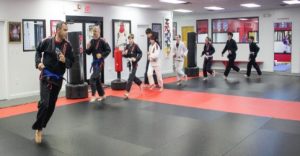
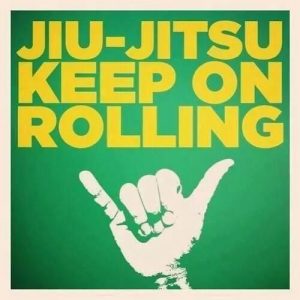


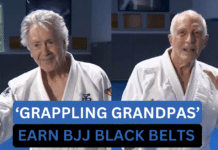
![Best Marcelo Garcia Techniques by Team Marcelo Garcia DVD Review [2025] Best Marcelo Garcia Techniques by Team Marcelo Garcia DVD Review](https://bjj-world.com/wp-content/uploads/2025/02/best-marcelo-garcia-techniques-dvd-review-218x150.png)
![Forging The De La Riva Guard Giancarlo Bodoni DVD Review [2025]](https://bjj-world.com/wp-content/uploads/2025/02/de-la-riva-guard-giancarlo-bodoni-dvd-review-218x150.png)

![Breaking Their Guard Mikey Musumeci DVD Review [2025] Breaking Their Guard Mikey Musumeci DVD Review](https://bjj-world.com/wp-content/uploads/2025/02/breaking-their-guard-mikey-musumeci-dvd-review-218x150.png)

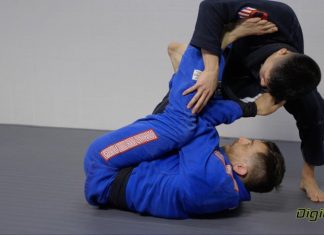


![Ginastica Natural Alvaro Romano DVD Review [2024] Ginastica Natural Alvaro Romano DVD Review](https://bjj-world.com/wp-content/uploads/2024/12/ginastica-natural-alvaro-romano-dvd-review-100x70.png)





![360 Degrees Guard Retention Thiago Abud DVD Review [2024] 360 Degrees Guard Retention Thiago Abud DVD Review](https://bjj-world.com/wp-content/uploads/2024/10/360-degrees-guard-retention-thiago-abud-dvd-review-100x70.png)
![Heavy Top Game Fabiano Scherner BJJ DVD Review [2025] Heavy Top Game Fabiano Scherner BJJ DVD Review](https://bjj-world.com/wp-content/uploads/2025/01/heavy-top-game-fabiano-scherner-bjj-dvd-review-100x70.png)

![Front Head Lock Kaynan Duarte DVD Review [2025] Front Head Lock Kaynan Duarte DVD Review](https://bjj-world.com/wp-content/uploads/2025/02/front-head-lock-kaynan-duarte-dvd-review-100x70.png)

![Wrestling For Jiu-Jitsu Shawn Williams DVD Review [2025] Wrestling For Jiu-Jitsu Shawn Williams DVD Review](https://bjj-world.com/wp-content/uploads/2025/01/wrestling-for-jiu-jitsu-shawn-williams-dvd-review-100x70.png)
![Master Scissor Sweep Ryan Scialoia DVD Review [2025] Master Scissor Sweep Ryan Scialoia DVD Review](https://bjj-world.com/wp-content/uploads/2024/12/scissor-sweep-ryan-scialoia-dvd-review-100x70.png)
![No-Gi Open Guard K-Guard Lachlan Giles DVD Review [2024] No-Gi Open Guard K-Guard Lachlan Giles DVD Review](https://bjj-world.com/wp-content/uploads/2024/12/no-gi-open-guard-k-guard-lachlan-giles-dvd-review-100x70.png)

![Jeff Higgs Self Defense Guard BJJ DVD Review [2024] Jeff Higgs Self Defense Guard BJJ DVD Review](https://bjj-world.com/wp-content/uploads/2024/09/jeff-higgs-self-defense-guard-bjj-dvd-review-100x70.png)

![Crossing and Spinning Steps To Attack Israel Hernandez DVD Review [2024] Crossing and Spinning Steps To Attack Israel Hernandez DVD Review](https://bjj-world.com/wp-content/uploads/2024/09/spinning-steps-to-attack-israel-hernandez-dvd-review-100x70.png)
![Charles Allan Price Building Workouts For BJJ DVD Review [2024] Charles Allan Price Building Workouts For BJJ DVD Review](https://bjj-world.com/wp-content/uploads/2024/09/charles-allan-price-building-workouts-for-bjj-review-100x70.png)
![Reverse Armlock Magid Hage DVD Review [2024] Reverse Armlock Magid Hage DVD Review](https://bjj-world.com/wp-content/uploads/2024/12/reverse-armlock-magid-hage-dvd-review-100x70.png)



![Understanding The Distance On Top Gui Mendes DVD Review [2024] Understanding The Distance On Top Gui Mendes DVD Review](https://bjj-world.com/wp-content/uploads/2024/10/distance-on-top-gui-mendes-dvd-review-100x70.png)
